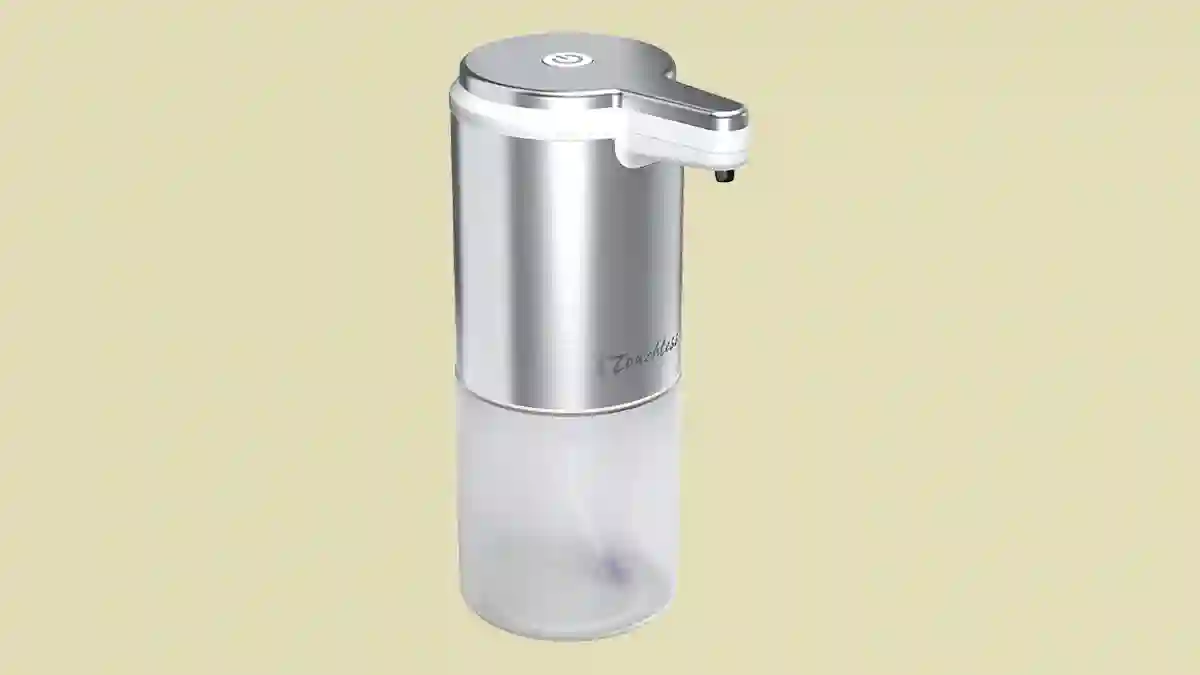Soap dispensers are one of the most commonly used items in the home, office, and public spaces. They are a convenient, hygienic way to dispense soap and, when used properly, can help to reduce the spread of germs and bacteria. However, soap dispensers need to be cleaned and maintained regularly in order to keep them functioning properly and to prevent the spread of disease. In this article, we will discuss the special cleaning requirements for soap dispensers.
Why Do Soap Dispensers Need to Be Cleaned?
Soap dispensers can be a breeding ground for bacteria and germs. This is because the soap left in the dispenser can become contaminated with dirt, germs, and bacteria from people’s hands. If these contaminants are not cleaned regularly, they can spread to other surfaces, leading to an increased risk of infection and illness. Additionally, it is important to clean the bathroom soap dispenser to prevent soap from clogging or blocking the dispenser, which can lead to malfunctioning or leaking of the dispenser.
A soap dispenser is an essential item in any bathroom or kitchen. It is designed to dispense liquid soap, shampoo, conditioner, lotion, or other liquid products in a measured amount with the push of a button. Soap dispensers are typically wall-mounted and are made from a variety of materials, including plastic, stainless steel, chrome, and brass. They come in a variety of shapes, sizes, and colors to match any decor. Soap dispensers are an ideal way to keep your bathroom or kitchen clean and sanitary.
Types of Soap Dispensers
There are several different types of soap dispensers available on the market. The most common type is the manual soap dispenser, which is operated by pushing a button or lever to dispense the soap. There are also automatic soap dispensers that use sensors to detect when a hand is placed underneath the dispenser, and will dispense soap accordingly. Finally, there are touchless soap dispensers that can be operated with a wave of the hand and are becoming increasingly popular.
Benefits of Using a Soap Dispenser
There are many benefits to using a soap dispenser in your bathroom or kitchen. The first and most obvious benefit is that it is a quick and easy way to dispense soap without having to open a bottle or container. This can help reduce the spread of germs from one person to another, as well as reduce the amount of soap wasted. Additionally, using a soap dispensers can help keep your sink and countertops cleaner, as there is no need to leave a messy bottle of soap open.What Are the Recommended Cleaning Methods for Soap Dispensers?
The best way to clean a soap dispenser is to first empty out any remaining soap. Once the soap has been emptied out, the dispenser should be washed with a mild dish soap and warm water. This should be done at least once a week, and more often if the dispenser is used frequently. After washing the dispenser, it should be rinsed with clean water and dried with a soft cloth.
When Should the Soap Dispenser Be Replaced?
It is important to regularly check the soap dispenser for any signs of damage or wear. If the dispenser is cracked, worn, or leaking, it should be replaced immediately as it can become a hazard. Additionally, if the dispenser is not working properly, it should be replaced as it is not safe to use.
Conclusion
Soap dispensers are a convenient and hygienic way to dispense soap and can help to reduce the spread of germs and bacteria. However, it is important to clean and maintain the dispenser regularly in order to keep it functioning properly and to prevent the spread of disease. The best way to clean a soap dispenser is to first empty out any remaining soap and then wash it with a mild dish soap and warm water. It is also important to regularly check the soap dispenser for any signs of damage or wear, and to replace it if necessary.



